Best Mono Fishing Line for 2023: Our Top 12 Trusted Picks
Ever since they were first introduced in the 1950s, monofilament fishing lines have come an incredibly long way. Along with being extremely accessible, they’re also the most manageable option, making them ideal in both extreme weather situations and in the hands of beginners.
Mono fishing lines have a lot of stretch as well, which means they absorb shock easily. And while they don’t float like braided lines, they don’t sink like fluorocarbon, either, making them the best option for topwater lures.
However, this popularity means that along with a wide range of spool and line sizes, there is also a countless number of specialty lines available. All these choices can be incredibly overwhelming, so to help you decide which line best suits your needs, we’ve reviewed the 12 best mono fishing lines. We’ve also included a comprehensive buyer’s guide, so you know exactly what to look for.
Top 12 Best Mono Fishing Line
With an endless number of options, it seems like there’s a best mono fishing line for every fish species, water type, and weather condition. To help make your decision a bit easier, we’ve reviewed 12 of the best mono fishing lines:
Disclosure: We only endorse products we’ve personally used or that have come highly recommended by our trusted peers. We’re proud affiliates for some of the products on our site, and as such, we may get a small commission if you purchase through one of our referral links. However, there’s no extra cost to you. Check out our affiliate disclaimer in our Privacy Policy if you’d like to learn more.
Berkley Trilene Big Game Monofilament Fishing Line
If you’re looking for a no-frills mono fishing line that gets the job done in almost every environment, then the Berkley Trilene Big Game is the perfect option. It’s extremely durable, resists abrasion well, and is nearly impossible to break, even if you scrape it over rocks a few times.
Whether you’re casting with a lure or simply dropping a hook in the water, this line is great for several different fishing styles. It also boasts incredible knot strength, so you don’t have to worry about losing any of your bigger catches.
However, it has quite a bit of stretch, which might diminish its feel and may even lead to you missing a few bites.
Final Thoughts
Whether you’re dragging a monster catfish from the depths or trying to lure in a fish that’s weaving through sticks and rocks in the water, the Berkley Trilene Big Game will deliver the performance you need. Thanks to its memory-prone design and thick diameter, the line is more suitable for handling strong, aggressive fish rather than the more finicky species.
Pros:
✔️ Exceptional abrasion resistance and line strength.
✔️ Various line length and colour options.
✔️ Ties strong knots.
Cons:
❌ Stiff and thick diameter.
❌ High line memory.
Stren High Impact Monofilament Fishing Line
If you find yourself fishing in both ocean piers and lakes, look no further than the Stren High Impact Monofilament Fishing Line. It works great on most spinning reels, and its traditional construction means you get both exceptional abrasion resistance and line strength at the same time.
Its light blue colour blends into several different water environments, making the line perfect for both dark blue ocean waters and beautiful turquoise lakes. However, it does have a lot of memory, so you might have a few issues when casting.
With that said, it’s reasonably priced and will still get the job done in almost all situations.
Final Thoughts
Available in a wide variety of weights and colours, you can use the Stren High Impact Monofilament Fishing Line in just about all fishing situations. It works great in both saltwater and freshwater, and becomes nearly invisible in the water, making it the ideal choice for catching some of the more finicky fish.
Pros:
✔️ Beautifully combines durability, impact resistance, and strength.
✔️ Ideal for catching line-punishing coastal gamefish.
✔️ Shock-resistant and highly durable.
✔️ Specially designed for land hard-hitting species.
Cons:
❌ Too much line memory
KastKing World’s Premium Monofilament Fishing Line
KastKing is known for its affordable, high-quality fishing lines, and the Premium Monofilament Fishing Line is no different. Available in a wide range of sizes, diameters, and colors, it offers excellent value for money and is definitely a must-try.
Low stretch and strong knots make the line great for targeting both small and big species. Its 4lb test is perfect for kids who want to join in on the fun and catch a couple of bluegills, while its 30lb test can reel in some of the toughest and meanest channel catfish.
Final Thoughts
Thanks to its nylon construction, the KastKing World’s Premium Monofilament Fishing Line is memory resistant, abrasion-resistant, and extremely durable. It works well in both freshwater and saltwater, and its exceptional line strength makes it perfect for catching heavy game.
Pros:
✔️ Wide range of weight options and spool sizes.
✔️ Low visibility in water.
✔️ Low water absorption.
✔️ Abrasion resistant.
Cons:
❌ Dye might rub off on your hands.
Berkley Trilene XL Smooth Casting Monofilament Fishing Line
Boasting just the right combination of strength, sensitivity, and versatility at an affordable price, the Berkley Trilene XL is definitely one of the best mono fishing lines. Although it doesn’t have any fancy features, it more than makes up for what it lacks with its versatility and quality.
It features reasonably low memory, which helps resist kinks and tangles for better casting performance. The line also runs smoothly through the guides on various rods and allows you to place the bait exactly where you want it. It’s incredibly versatile as well, offering equally exceptional performance in both salt and freshwater.
While the Berkley Trilene XL is definitely better than some other mono fishing lines, it breaks easily if it runs over rocks a few times. But if you usually fish in clear waters and don’t find the minor flaw to be a big deal, then we recommend opting for this low-priced option.
Final Thoughts
The Berkley Trilene XL Monofilament Fishing Line is reliable, consistent, and incredibly easy to manage. Thanks to its small diameter and low memory, it boasts a phenomenally smooth cast, making it a great choice for both seasoned and new anglers.
Pros:
✔️ Excellent abrasion resistance and line strength.
✔️ Thin and discreet.
✔️ Available in various colour options.
✔️ Optimal stretch.
✔️ Low line memory.
Cons:
❌ Not the best sensitivity to detect small bites
Stren Original Monofilament Fishing Line
One of the most popular mono fishing lines out there, the Stren Original Monofilament Fishing Line is a staple in many tackle boxes. It offers excellent value for money and is one of the best monofilament lines for just about everybody.
The line offers consistent stretch and exceptional abrasion resistance, allowing you to reel in some of the most aggressive fish. Although it’s affordable and available in various breaking strengths, it’s not as supple as some other mono fishing lines.
Final Thoughts
Available in a wide range of sizes, the inexpensive Stren Original becomes almost invisible in stained water. Thanks to its excellent abrasion resistance, you can use the line to catch anything from smallmouth to gills, making it the best mono fishing line for saltwater anglers.
Pros:
✔️ Superior tensile and knot strength allows you to catch big fish.
✔️ Low memory for easy handling and casting.
✔️ Tough, durable, and abrasion resistant.
Cons:
❌ Not as supple as some other mono fishing lines.
❌ Difficult to spool reel initially.
SeaKnight Blade Monofilament Fishing Line
Designed with high-density nylon material, the SeaKnight Blade Monofilament Fishing Line offers excellent smoothness and strength. It’s strong, thin, and fast-sinking, and its abrasion resistance design effectively withstands collisions with obstacles in the water.
The line’s membrane treatment further extends its life and helps deliver a quicker sinking performance. Lastly, its strong impact resistance and excellent knot strength ensure you won’t have to worry about losing any of your prize catches.
Final Thoughts
Constructed with a perfect balance of durability and strength, the SeaKnight Blade Monofilament Fishing Line certainly deserves a place on our list of top picks. Thanks to its thinner diameter and superior handling, the line is ideal for longer casting.
Pros:
✔️ Made with an exceptionally strong nylon line.
✔️ Abrasion resistance design withstands collisions with debris and fishing reefs.
✔️ Low ductility reduces unnecessary vibration.
Cons:
❌ Not the best option for centrepin and float fishing.
Zebco Outcast Monofilament Fishing Line
Boasting low memory and stretch with an incredibly high tensile strength, the Zebco Outcast is ideal for several different fishing situations. Its low memory prevents it from coiling and helps prevent kinks and twists.
The line is also incredibly sensitive, allowing you to feel when the bait hits the bottom or if a fish takes a bite. Lastly, its high tensile strength makes it strong and reliable, so you can easily reel in your prize catch.
Final Thoughts
The Zebco Outcast is designed with a low-stretch monofilament for better tensile strength, a smaller diameter, and an improved hook setting. If you’re looking for a high-quality, economical mono fishing line, you’ll be hard-pressed to find anything better than the Zebco Outcast.
Pros:
✔️ Sensitive line allows you to feel every bite and nibble.
✔️ High tensile strength ensures you reel in your prize catch.
✔️ Backed by a one-year warranty.
Cons:
❌ Gets tangled with itself.
RUNCL PowerMono Fishing Line
The RUNCL PowerMono is constructed with a low-density line for neutral buoyancy, which means the line sinks slowly and suspends in water. This feature gives it a huge advantage when fishing with buoyant treble hook lures and topwater baits.
The line is incredibly easy to tie, and its superior knot strength helps avoid knot breakage and slippage as well. All in all, the RUNCL PowerMono is the best mono fishing line for reeling in bigger fish that require larger diameter lines.
Final Thoughts
The RUNCL PowerMono’s exceptional strength allows it to deliver solid hooksets and withstand sudden, aggressive strikes. Boasting excellent knot strength and abrasion resistance, the line allows for maximum castability, making it one of the best mono fishing lines in the market.
Pros:
✔️ Effective shock absorption helps reel in bigger fish.
✔️ Incredibly easy to tie.
✔️ Actually suspends in water and sinks slowly.
Cons:
❌ Line tends to tangle on itself.
Berkley Trilene XT Monofilament Fishing Line
The Berkley Trilene XT Monofilament Line boasts incredible flexibility, improved abrasion resistance, and exceptional knot strength, making it one of the best mono fishing lines on the market.
It’s tough against all sharp or rough objects, while its incredible line strength allows you to reel in all types of fish, even in heavy cover. It’s easily manageable as well, making the Berkley Trilene XT ideal for pitching, casting, and flipping.
Final Thoughts
The Berkley Trilene XT can be classified as the best mono fishing line for heavy gamefish. Although it’s not as castable as the Berkley XT Big Game, it ties tighter knots and is much more flexible.
Pros:
✔️ Extremely durable and tough.
✔️ Superior strength for fighting fish in heavy cover.
✔️ Perfect for pitching, casting, and flipping.
Cons:
❌ Not ideal for deep-sea fishing.
Spiderwire EZ Monofilament Fishing Line
Designed to be extra strong, the Spiderwire EZ Monofilament Filament Fishing Line is incredibly simple to cast and easy to handle. The line measures 220 yards, making it suitable for a wide range of recreational fishing applications.
Along with making casting easier, this affordable fishing line provides the strength needed to fish in rough seas and strong currents as well. It’s durable enough to catch larger game fish, like tuna and salmon, but you can also use it to fish in smaller lakes, where more precise and sensitive techniques are needed.
Final Thoughts
Boasting a durable design and an exceptionally high level of strength, the Spiderwire EZ Monofilament Fishing Line is great for beginners. It has excellent knot strength as well, making the line versatile enough for almost all types of fish.
Pros:
✔️ Easy casting.
✔️ Multipurpose line ideal for different types of fish.
✔️ Controlled stretch.
Cons:
❌ Bit stiffer than some other mono fishing lines.
Reaction Tackle Monofilament Fishing Line
The Reaction Tackle Monofilament Line is constructed to the highest quality standards. Its exceptionally high level of line strength allows smooth and long casting, while its low memory makes the line soft and supple.
With the Reaction Tackle Monofilament Line, it’s easy to tie knots as well, earning it a place on our list of best mono fishing lines.
Final Thoughts
Whether you’re fishing for trout, muskie, bass, walleye, or any other species, the Reaction Tackle Monofilament Line will deliver a great performance. Thanks to its low memory and smooth casting, it works great for saltwater, ice, freshwater, and surf fishing.
Pros:
✔️ Incredibly high-strength nylon line.
✔️ Smooth line allows for extra-long casting.
✔️ High abrasion resistance.
✔️ Excellent value for money.
Cons:
❌ Tangles very easily.
Hurricane Premium Saltwater Monofilament Line
The Hurricane Premium features a small diameter line, high knot strength, and a ¼-pound spool. It’s also abrasion-resistant and boasts low visibility. Made with high-quality materials, the line provides you with all the strength and durability you need.
Thanks to its high knot strength, you don’t have to worry about any snaps either. However, the line does have a bit of memory, making it somewhat susceptible to tangles.
Final Thoughts
Featuring low visibility in the water, the abrasion-resistant Hurricane Premium Saltwater Monofilament Line seems almost unbreakable. Although it starts off with a bit of memory, it becomes less susceptible to tangles after some casting and stretching.
Pros:
✔️ Strong and useful.
✔️ Low visibility in water.
✔️ Excellent value for money.
✔️ Exceptional abrasion resistance.
Cons:
❌ Thick and a bit difficult to tie.
Buyer’s Guide For The Best Mono Fishing Line
Choosing the right fishing line is crucial for any angler, and monofilament line is a popular option due to its affordability and versatility. However, with so many options available, selecting the best monofilament line for your needs can be challenging. In this buyer’s guide, we’ll provide you with all the information you need to make an informed decision when selecting monofilament fishing line in 2023.
Key Attributes of Monofilament Line
Monofilament fishing line is made from a single strand of nylon or other materials, and it has several key attributes that make it an excellent option for many anglers. Some of the key attributes of monofilament line include:
- Flexibility: Monofilament line has some stretch, which allows it to absorb shock when fighting a fish. This can help prevent the line from breaking and increase your chances of landing a catch.
- Versatility: Monofilament line is suitable for various types of fishing, including freshwater and saltwater fishing. It can be used for fishing in different water conditions and for various species of fish.
- Affordability: Monofilament line is relatively inexpensive compared to other types of fishing lines, making it an excellent option for beginner and experienced anglers.
- Buoyancy: Monofilament line floats on the surface of the water, which can be beneficial when fishing topwater baits or when fishing in shallow water.
- Easy to Handle: Monofilament line is easy to handle and can be easily tied to hooks and lures. It is also easy to cut and splice, allowing anglers to customize their fishing lines to suit their specific needs.
These key attributes make monofilament fishing line a popular choice among anglers. However, it is essential to understand the pros and cons of using monofilament line to make an informed decision.

Pros and Cons of Using Monofilament Line
As with any fishing gear, monofilament line has its pros and cons. Understanding these can help you decide whether it is the right choice for your needs. Here are some of the pros and cons of using monofilament line:

Pros:
✔️ Shock absorption: Monofilament line has some stretch, which allows it to absorb shock when fighting a fish. This can help prevent the line from breaking and increase your chances of landing a catch.
✔️ Buoyancy: Monofilament line floats on the surface of the water, which can be beneficial when fishing topwater baits or when fishing in shallow water.
✔️ Low visibility: Monofilament line can be less visible to fish in murky or stained water compared to other types of fishing lines.
✔️ Affordability: Monofilament line is relatively inexpensive compared to other types of fishing lines, making it an excellent option for beginner and experienced anglers.

Cons:
❌ Stretch: While the stretch can be beneficial in some situations, it can also make it more challenging to detect bites or set the hook.
❌ Memory: Monofilament line has a tendency to hold its shape or “memory” after being spooled on a reel, which can cause knots or tangles.
❌ Visibility: Monofilament line can be more visible to fish in clear water than other types of fishing lines, such as fluorocarbon.
❌ Sensitivity: Monofilament line is less sensitive than other types of fishing lines, such as braid, which can make it harder to detect subtle bites.
By understanding the pros and cons of using monofilament line, you can make an informed decision when choosing a fishing line for your needs. Next, we’ll compare monofilament line to other types of fishing lines to understand the differences.
What is the Difference Between Monofilament, Fluorocarbon, and Braid Line?
When selecting a fishing line, you’ll come across three primary options: monofilament, fluorocarbon, and braid line. Here are some of the differences between these types of lines:
Monofilament Line:
- Made of a single strand of nylon, making it the most flexible of the three types.
- Has some stretch, which can help absorb shock when fighting a fish.
- Floats on the surface of the water.
- Can be less visible in murky water.
Fluorocarbon Line:

- Made of a single strand of fluorocarbon material, which is denser than water and sinks.
- Has less stretch compared to monofilament line.
- Is virtually invisible underwater, making it a popular choice for clear water conditions.
- Is more abrasion-resistant than monofilament line.
Braid Line:

- Made of multiple strands of synthetic material woven together.
- Has very little stretch, making it very sensitive.
- Has a high strength-to-diameter ratio, meaning it can handle heavier loads without increasing line thickness.
- Can be visible in the water and requires the use of a leader in some situations.
Each type of line has its unique advantages and disadvantages, and selecting the right line depends on the fishing conditions and techniques you’ll be using. Next, we’ll discuss the best ways to use monofilament line in various situations
What is the Best Way to Use Monofilament Line?

Monofilament line can be used in various fishing situations, and understanding the best ways to use it can help you optimize your fishing success. Here are some situations where monofilament line can be a good choice:
- Topwater Fishing: Since monofilament line floats, it can be an excellent choice for topwater fishing baits. It allows the bait to sit on the surface of the water and provides better control of the bait’s movement.
- Bottom Fishing: Monofilament line’s stretch can help absorb shock when fishing in areas with rocky bottoms or debris, preventing the line from breaking.
- Trolling: Monofilament line can be an excellent choice for trolling, as it provides some stretch and shock absorption, making it easier to fight and land a fish.
- Spinning Reels: Monofilament line works well on spinning reels due to its flexibility and ability to lay on the spool without tangling.
When using monofilament line, it’s essential to choose the right line weight or “pound test” to match the species of fish you’ll be targeting. A heavier pound test can handle larger fish but can be more visible in the water, while a lighter pound test can be less visible but may not hold up to larger fish.
Next, we’ll discuss how often you should replace monofilament line to ensure optimal fishing performance.
How Often Should You Replace Monofilament Fishing Line?
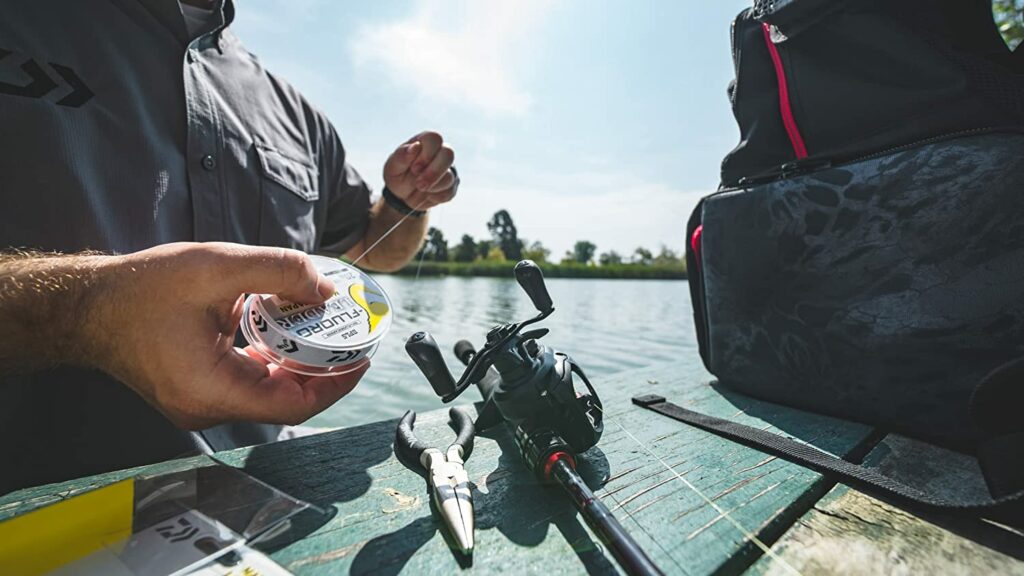
Over time, monofilament line can weaken and degrade due to exposure to sunlight, water, and fish slime. Therefore, it’s essential to replace your fishing line regularly to ensure optimal performance. Here are some factors to consider when deciding how often to replace your monofilament fishing line:
- Frequency of Use: The more you use your fishing line, the faster it will wear out and need replacement.
- Exposure to Sunlight: Exposure to sunlight can cause monofilament line to break down more quickly. If you fish in sunny conditions, you may need to replace your line more frequently.
- Exposure to Water: Monofilament line can absorb water over time, which can cause it to weaken and degrade. If you fish in saltwater, you may need to replace your line more frequently.
- Quality of Line: Higher quality monofilament line may last longer and require less frequent replacement.
As a general rule of thumb, it’s a good idea to replace your monofilament line every season or every 6-12 months, depending on how frequently you fish and the conditions you fish in. Inspect your line regularly for signs of wear and damage, such as nicks, frays, and discoloration, and replace it as needed.
Next, we’ll discuss what you should consider when buying monofilament fishing line to ensure you get the right line for your needs.
What Should You Consider When Buying Monofilament Fishing Line?
When shopping for monofilament fishing line, there are several factors to consider to ensure you get the right line for your needs. Here are some things to keep in mind:
Fishing Line Diameter
The diameter of monofilament line is usually measured in thousandths of an inch (e.g. 0.010″). Thinner lines are generally less visible in the water, which can be an advantage when fishing for skittish fish in clear water. However, thinner lines also have less strength and are more prone to breaking under strain. Thicker lines are more visible in the water but have more strength and can handle heavier fish or rougher fishing conditions.

Line Strength or Pound Test
The pound test or “strength” of monofilament line refers to how much weight the line can hold without breaking. Pound tests typically range from 2 pounds to over 100 pounds, with the appropriate strength depending on the species of fish you’re targeting and the conditions you’re fishing in. A general rule of thumb is to use a line with a pound test that is roughly one-third the weight of the fish you’re targeting.

Line Stretch
Monofilament line has some stretch, which can help absorb shock when fighting a fish and prevent the line from breaking. However, too much stretch can make it harder to detect bites and set the hook. The amount of stretch in a line can vary depending on the manufacturer and the specific line, with some lines having more or less stretch than others. As a general guideline, lines with lower stretch are better for fishing in open water, while lines with higher stretch are better for fishing in cover or around structure.
Line Memory
Monofilament line can develop “memory,” or a tendency to hold the shape of the spool it was wound on, which can cause tangles and knots. Lines with high memory can be frustrating to use, as they may tangle easily or fail to cast smoothly. Look for lines with low memory, which will lay flat and cast smoothly without tangling.
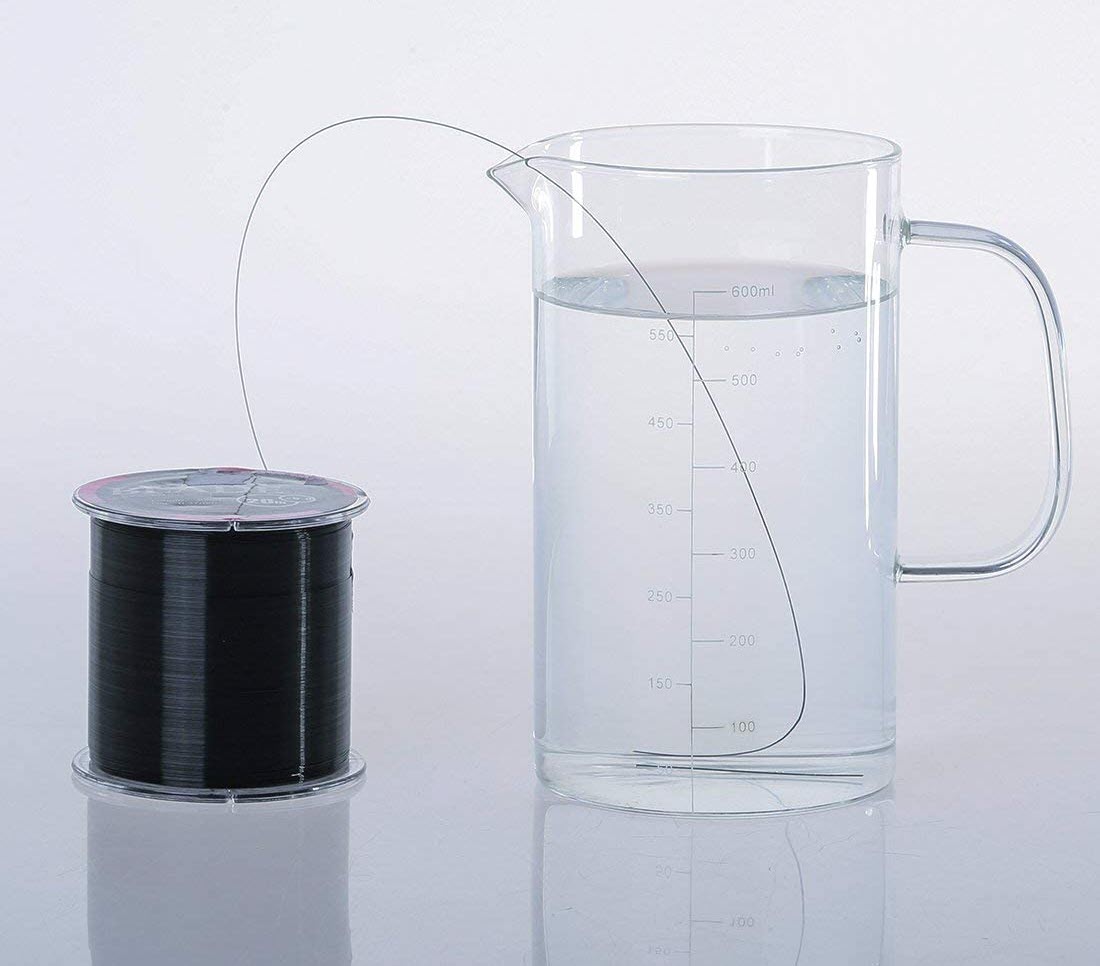
Buoyancy
Monofilament line is generally buoyant, meaning that it floats on the surface of the water. This can be an advantage in situations where you want your bait or lure to stay near the surface, or when fishing topwater lures. However, if you need your line to sink, such as when fishing with a weighted lure or jig, you may want to choose a different type of line.
Visibility Underwater
The colour of monofilament line can affect its visibility underwater, with clear or low-visibility lines being less visible to fish and coloured lines being more visible. However, coloured lines can also spook fish if they are too bright or unnatural-looking. When choosing a line colour, consider the conditions you’ll be fishing in, such as the clarity of the water and the colour of the surrounding vegetation. A general guideline is to use clear or low-visibility lines in clear water and coloured lines in stained or murky water.

Line Colour
The colour of monofilament line can affect its visibility underwater, with clear or low-visibility lines being less visible to fish and coloured lines being more visible. However, coloured lines can also spook fish if they are too bright or unnatural-looking. When choosing a line colour, consider the conditions you’ll be fishing in, such as the clarity of the water and the colour of the surrounding vegetation. A general guideline is to use clear or low-visibility lines in clear water and coloured lines in stained or murky water.
Considering these factors can help you choose the right monofilament fishing line for your needs. Next, we’ll summarise what we’ve covered in this guide and offer some final thoughts.
Conclusion
Choosing the right monofilament fishing line can make all the difference when it comes to your success on the water. By considering the factors we’ve discussed, such as line diameter, strength, stretch, memory, buoyancy, visibility, and colour, you can make an informed decision that matches your fishing style, target species, and water conditions. Keep in mind that no single monofilament line is perfect for every situation, so don’t be afraid to experiment with different brands and models until you find the one that works best for you. With a little research and practice, you’ll be well on your way to landing more fish and having more fun on the water.
Meet The Author
William O’Reilly is an Australian land-based fishing enthusiast. He discovered his passion for fishing from the shore as a child, when his grandfather would take him out on the water and teach him the ropes. He encourages others to try land-based fishing and believes it is a unique and sustainable way to connect with nature.
He also advocates for responsible fishing practices and conservation. His passion for land-based fishing led him to pursue a career in writing about it, sharing his experiences, knowledge and thoughts about the sport, and inspiring others to appreciate and explore it.
You Might Also Like
If you enjoyed reading this blog post on the Best Mono Fishing Line, you might also be interested in:
- How To Catch Bream | An Ultimate Guide
- How to Catch Australian Salmon | #1 Ultimate Guide
- Best Fishing Drones in 2023 | #1 Ultimate Guide
- Top 6 Best Rock Fishing Cleats In 2023
- How To Catch Mulloway Jewfish | The #1 Comprehensive Guide For Beginners!
- How to Catch Kingfish – #1 Comprehensive Guide for Beginners
- 6 Best Breakwall Fishing Tips To Help You Catch More Fish
- 6 Useful Tips on How To Catch Flathead
- 11 Simple Beach Fishing Tips – Easy For Beginners
- How to Drone Fish 101 – Ultimate Guide To Help You Catch More Fish
Tags:
#Best Mono Fishing Line, #Best Mono Fishing Line Guide, #Best Mono Fishing Line in 2023, #Best Mono Fishing Line Buyers Guide


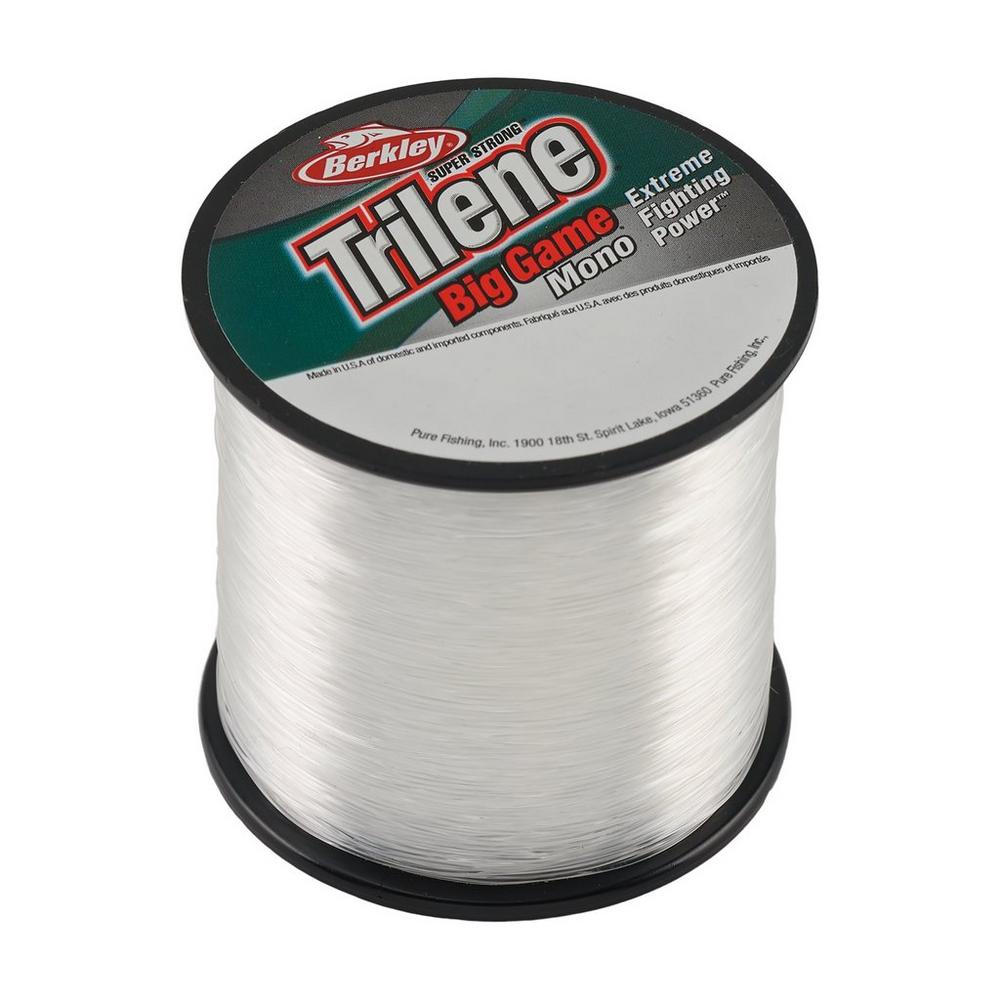





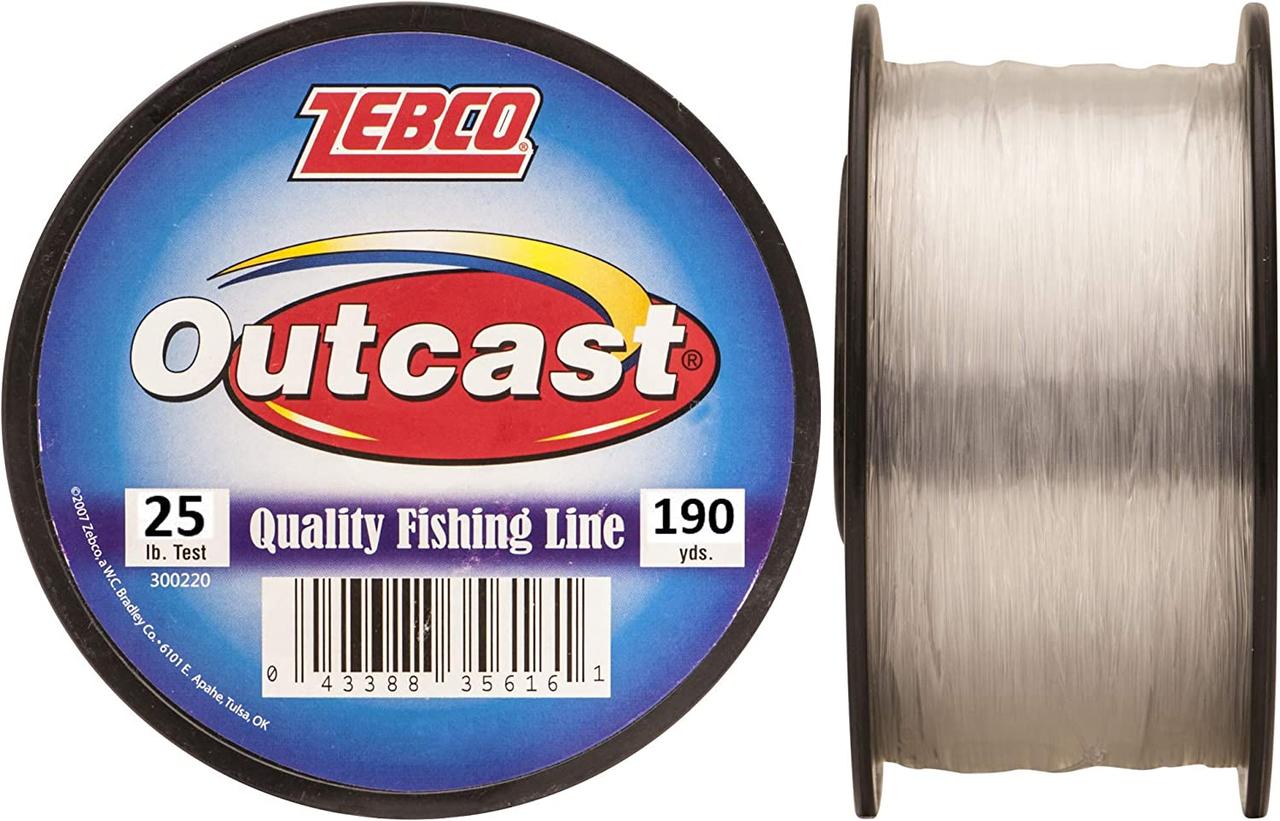
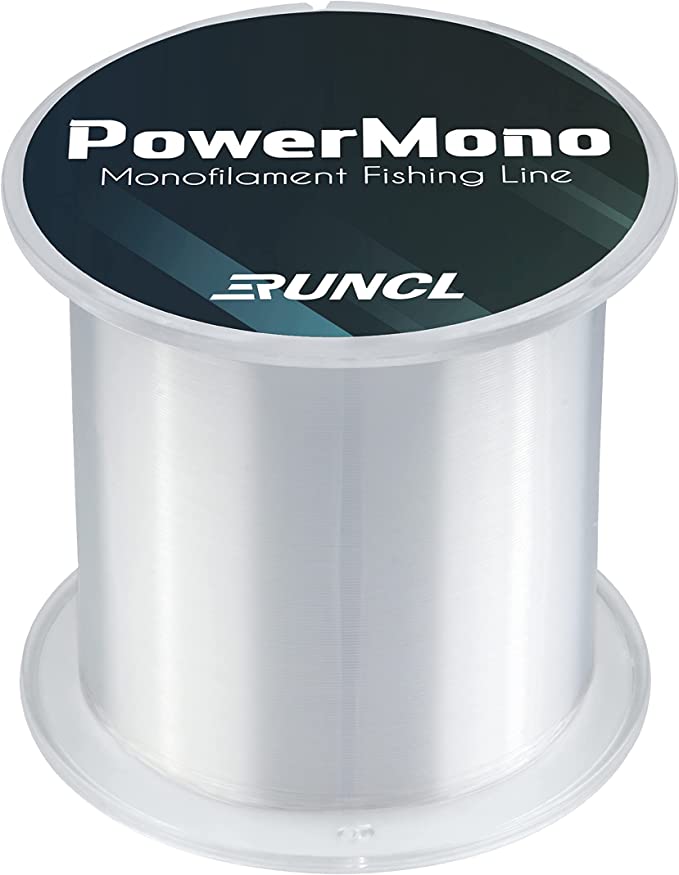




Recent Comments